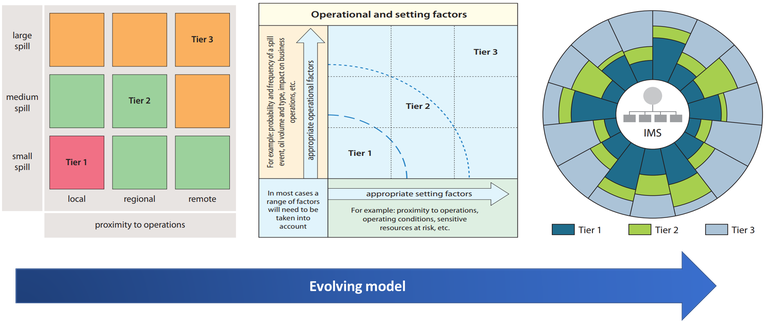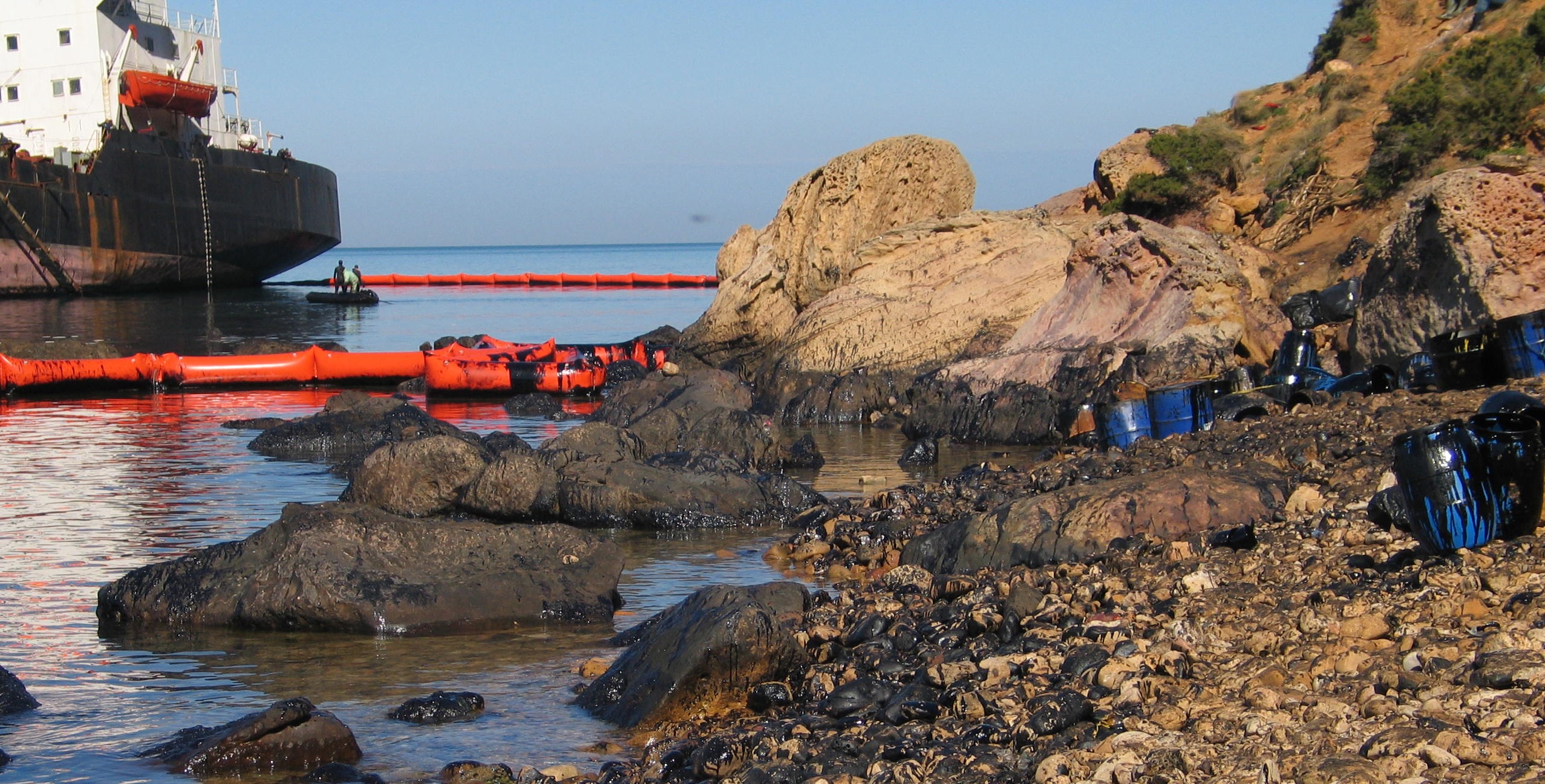Tiered Response Approach
Tiered Preparedness and Response offer a structured approach to both establishing oil spill preparedness, and to the procedures necessary for carrying out a response. Thereby allowing potential oil spill incidents to be categorized in terms of their potential severity, whilst outlining the efforts that need to be actioned and implemented to effectively respond.
Typically, this concept considers the size, type and location of the potential oil spill, with three tiers typically defined.
Tier 1 spills are operational in nature, occurring at or near an operator’s own facilities, as a consequence of its own activities. The individual operator is expected to respond using its own resources.
Tier 2 spills are most likely to extend outside the remit of the Tier 1 response area, and are potentially larger in size, where additional resources are required from a variety of potential sources and a broader range of stakeholders may be involved in the response.
Tier 3 spills are those that, due to their scale and likelihood to cause major impact, require substantial further resources from a range of national and international sources that can be mobilized by the activation of the National Contingency Plans.
While this conventional definition provides useful criteria for considering a structured approach to preparedness and response, in practice, there are potentially many factors which may influence the actual response capability needed, and where the boundaries between tiers are set.
Therefore, the Tiered-Approach initially based on the conventional model, has evolved towards a more complex model; a concentric circle model, offering a closer representation of the full range of operational and setting factors and how they interact to influence the boundaries between the three tiers. Nowadays, the Tiered-Approach is evolving towards a complete model, using a segmented circle representing a broad range of response capabilities. It also gives a higher focus on the importance of an incident management system (IMS) in delivering an effective response.

Evolution of the tiered preparedness and response approach: a) conventional model, b) concentric circle model, c) complete model
(© IPIECA-IOGP 2015)
Related documents:
Tiered preparedness and response - Good practice guidelines for using the tiered preparedness and response framework (IPIECA-IOGP 2015).


